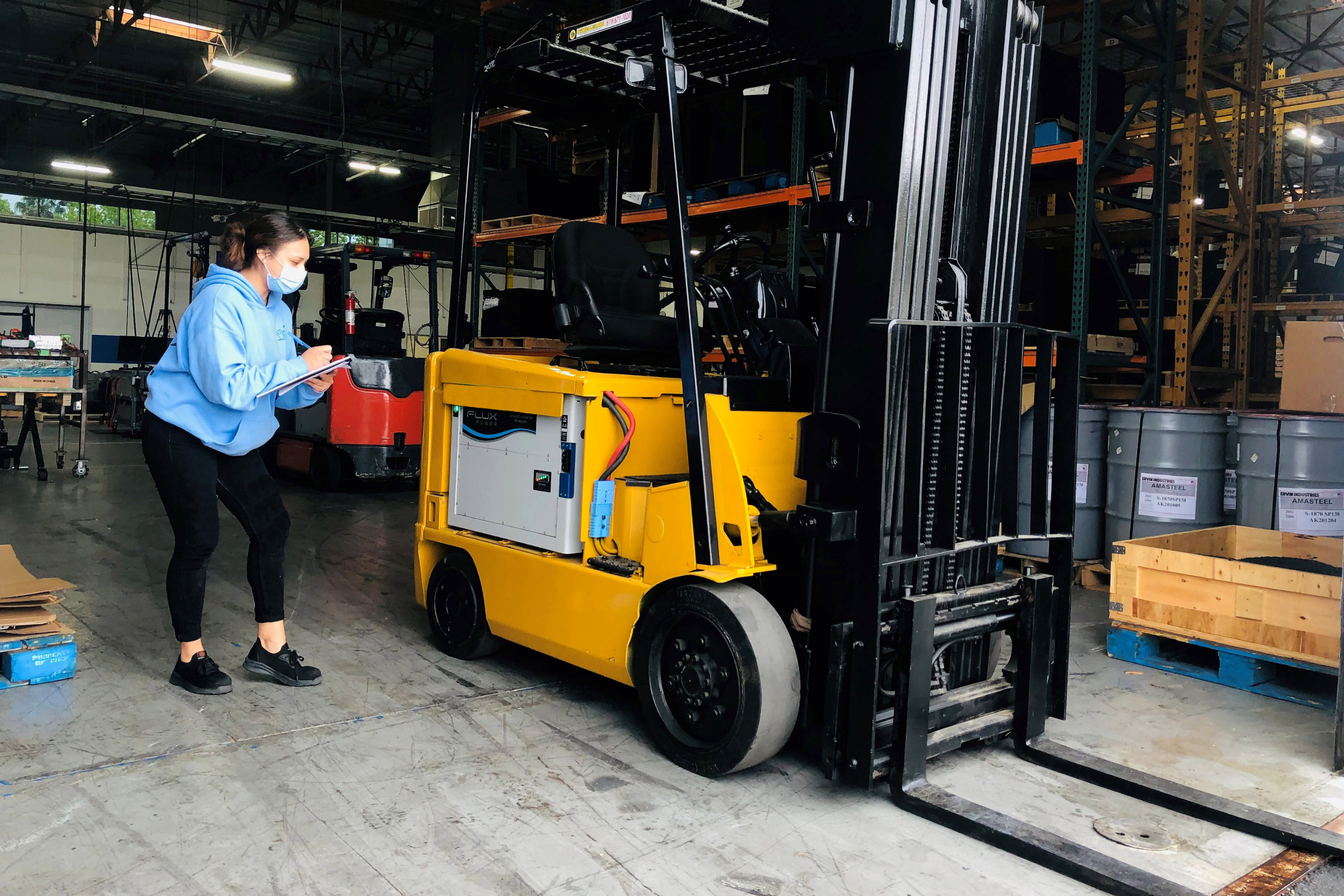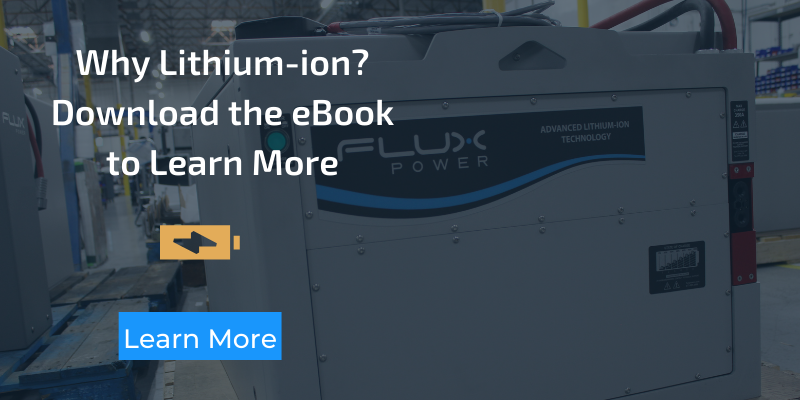Ergonomic Hazards in the Workplace
Warehouse safety is one of the main priorities in many forklift operations. Employers are responsible for the safety of forklift operators. According to the Bureau of Labor Statistics, “Ergonomic injuries account for over 30% of all workplace injuries – accounting for ⅓ of all lost-time accidents.”
Warehousing and manufacturing are two of the industries most affected by ergonomic hazards. Total annual workers compensation costs to businesses are estimated between $15 and $20 million. This costly problem can be prevented with the right solutions, training, and support.
Improving warehouse efficiency and productivity is a focus in warehouse operations right now. Many warehouse managers are looking at not just the equipment they use, but the overall design of their workspace and environments. Improving warehouse environments will help optimize ergonomics hazards in the workplace.
This blog will cover how warehouse efficiency and productivity can be improved while maintaining ergonomic safety with material handling equipment.
Lithium-ion Batteries Reduce Work-Related Injuries
New advancements are making forklifts safer to operate, with more companies in the material handling industry investing in lithium-ion technology to power their equipment.
Lithium-ion batteries that are fitted to lift equipment are designed with safe lifting mechanisms as well as easy charging capabilities to improve forklift battery safety.
Lithium-ion batteries are very energy-dense and can pack a larger amount of capacity into a smaller-sized battery compared to lead acid batteries. This smaller size and lower weight could reduce work-related injuries that can potentially happen when lifting and handling a lithium-ion forklift battery.
In a fully integrated lithium-ion forklift, the smaller battery size means the seat and floor plate can be lowered to make it easier to get on and off, along with more headroom, enhanced visibility, and an improved center of gravity. These forklifts allow for better workplace ergonomic design.
Along with a better ergonomic design, implementing forklift battery safety training is another way work-related injuries can be reduced. Training can help prevent some ergonomic hazards including:
- Backaches
- Neck injuries
- Potential pinch points
Eliminate Workplace Hazards with Ergonomically Friendly Forklift Batteries
When it comes to eliminating ergonomic hazards in the workplace, it is not just about weight reduction. Lithium-ion forklift batteries reduce environmental hazards because of the ease of maintenance and charging.
Ease of maintenance is critical in workplaces with frequent forklift use.
Because lead acid batteries must be taken out of the forklift to charge, special lifting equipment must be used to remove the battery and place it on a storage rack where the charging will take place.
Not only do lead acid batteries need to be swapped out for charging and cooling, but a big part of lead acid battery maintenance is monitoring the water levels and regularly equalizing the cells.
Workers might rush through the charging process if it is too labor-intensive which can reduce the long-term efficiency of a lead acid battery. The charging process is crucial, and failure to equalize a lead acid battery once every week to two weeks can lead to battery degradation.
A lithium-ion battery’s reduced charging time and the ability to charge while the battery is still in the forklift helps to increase workplace safety.
Lithium-ion battery-operated forklifts do not require the same labor-intensive maintenance as lead acid batteries. Having a no maintenance battery in warehouse operations can help improve productivity while improving workplace forklift battery safety.
Reduce Ergonomic Hazards by Converting Your Lead Acid Batteries to Lithium-ion Batteries
Lead Acid Batteries
Different battery technologies can affect how many ergonomic hazards can happen in a warehouse operation.
Lead acid batteries require separate storage areas when they are not in use or charging. Safety risks of lead acid batteries are not confined only to ergonomic hazards. Batteries with higher maintenance can expose workers to hazardous materials and gasses.
Lead acid batteries need to be charged more frequently than lithium-ion batteries. This is due to lead acid batteries having high discharge rates from their lower capacities.
More frequent charging means more frequent exposure to harmful toxins.
Not only do lead acid batteries need to be charged more often, but they also need to ensure they do not over-charge. Over-charging a lead acid battery also produces toxins such as hydrogen sulfide. This gas is poisonous and flammable if a lead acid battery is not properly monitored during charging.
Exposure to hazardous materials such as lead that can induce lead poisoning and sulfuric acid can lead to burns and irritation of the nose, throat, or respiratory tract.
Lithium-ion Batteries
Lithium-ion batteries do not heat up or release gasses while charging, so they do not require a dedicated room for charging.
One of the best features of a lithium-ion battery is the battery management system (BMS). The BMS monitors cell temperatures to ensure they remain within a safe operating range so there is no risk to employees.
Lithium-ion battery cells are fully sealed, preventing any harmful gasses from escaping and creating ergonomic hazards. And because they don’t contain acid, hazardous spills are no longer a concern, unlike with lead acid batteries.
Warehouse employees can focus on productivity and not worry about when the lead acid forklift battery will need its next charge.
There are many ways to reduce ergonomic hazards in the warehouse. By implementing lithium-ion battery solutions into forklift fleets, managers can reduce workplace ergonomic injuries and protect their employees.
For companies that prioritize safety in their operations, lithium-ion batteries are especially valuable thanks to their design with features such as temperature control, simple charging, and a lack of watering requirements.












